Project 2-4: Installing a 2-Stroke Motor in a 4-Stroke Frame, Part 6
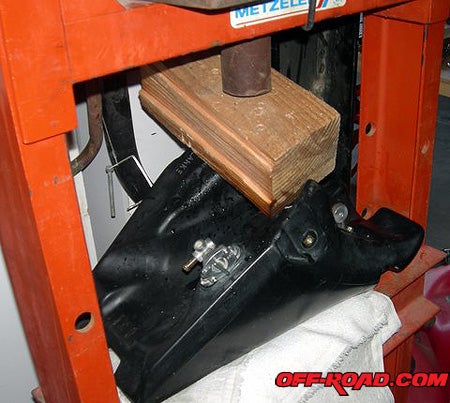
Our goal is simple: we want to make a bike that was lighter, easy to maintain, cheaper to build and performs well. In part five, we finally got to the point of fabricating an exhaust system, and now it's time to do a whole lot of detail work that's got to be done before we could even think about starting the bike.
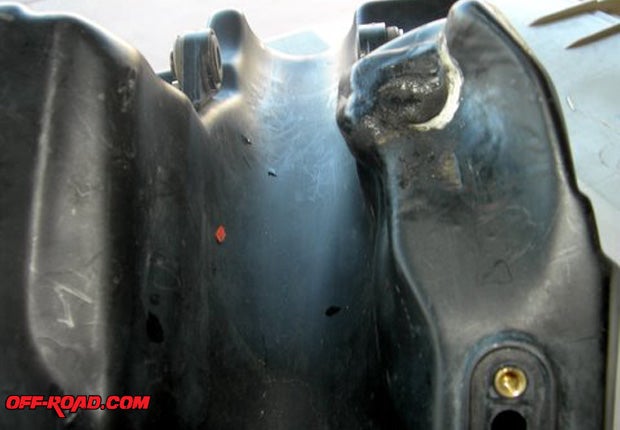
Most of the plastic on the bike was in really good shape with the exception of a few scuff marks and scratches here and there. We used Krylon sun yellow paint, and found it to be a perfect match for this Suzuki colored plastic. Before we sprayed the plastic, we sanded it very lightly with 400-grit (wet or dry) sandpaper until it was perfectly smooth, and then we cleaned that surface with some contact cleaner. A few fine coats of the sun yellow paint made the plastic look like new.
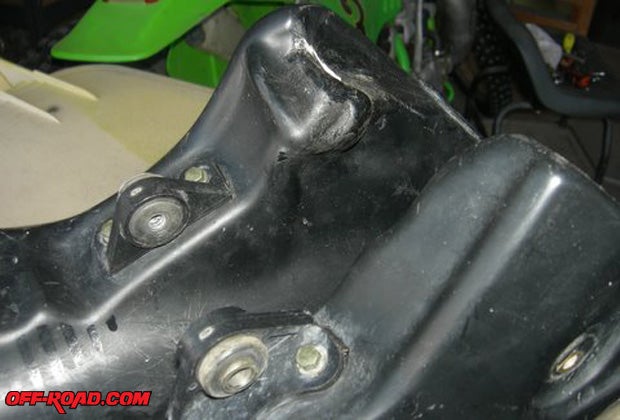
Project 2-4 Installments
Part 5
Part 4
Part 3
Part 2
Part 1
We had one real problem to take care of still, and that was the bottom left side of the gas tank where it made contact with the spark plug. While we could ride the bike as it was, there's no way we could remove the plug without taking the tank off. This meant that we had to do some sort of correction on the actual shape of the tank directly above where the spark plug went.
So follow along as we did this and some other very important detail work.
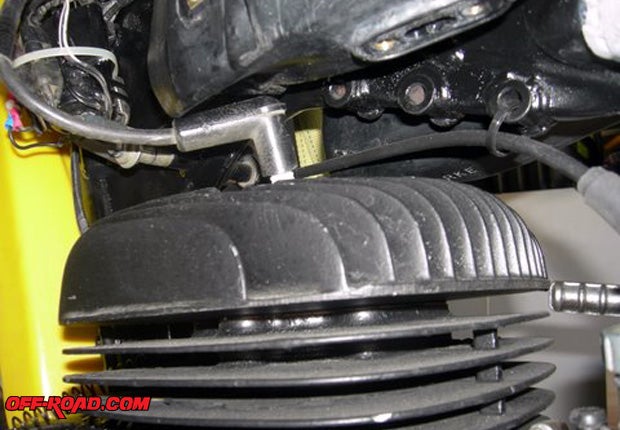
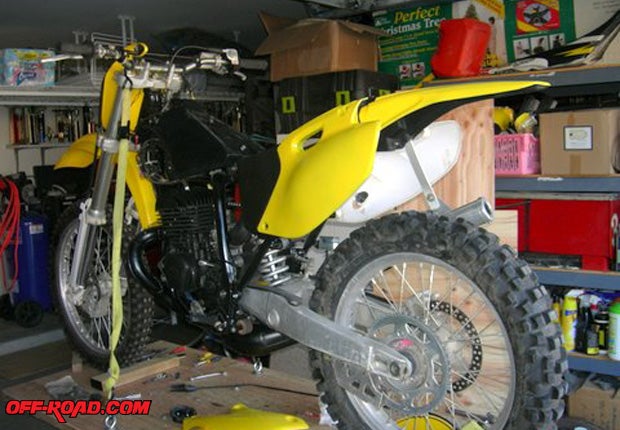
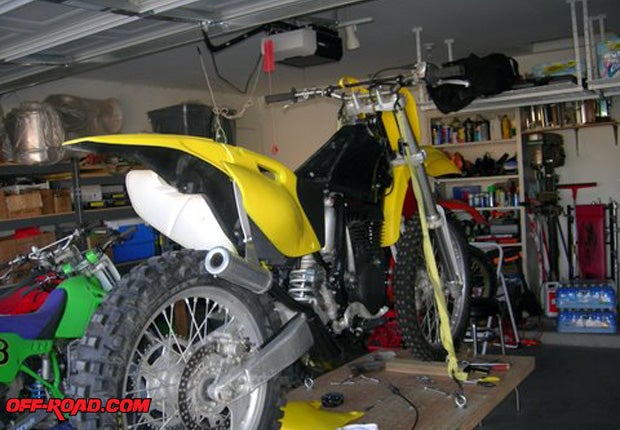
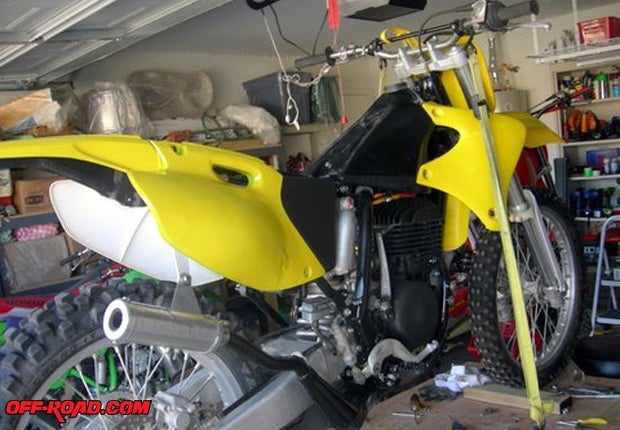
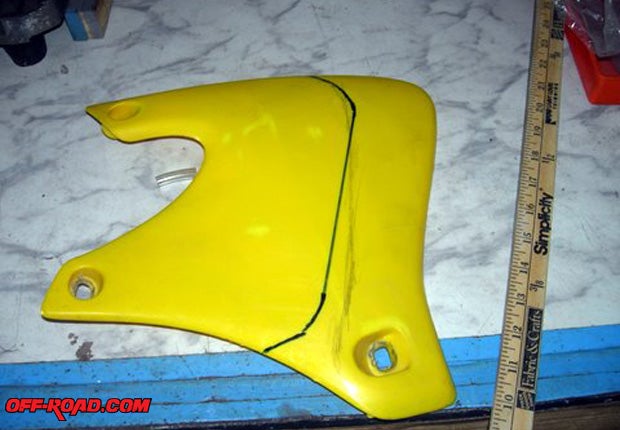
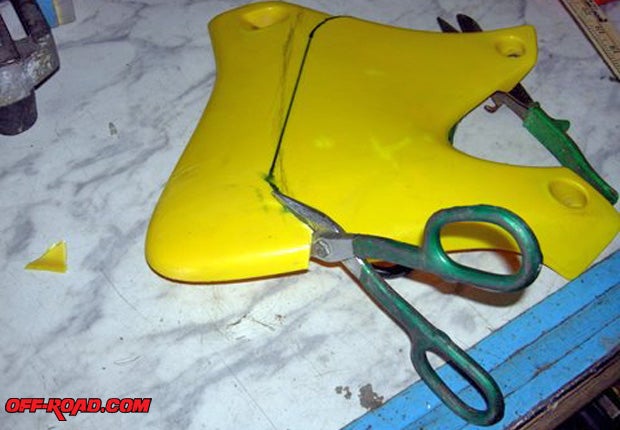
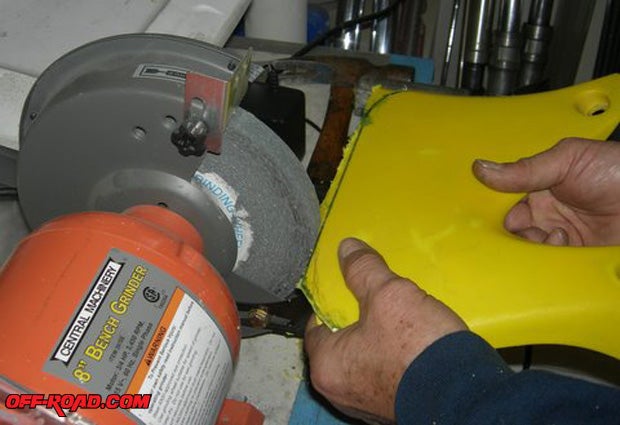
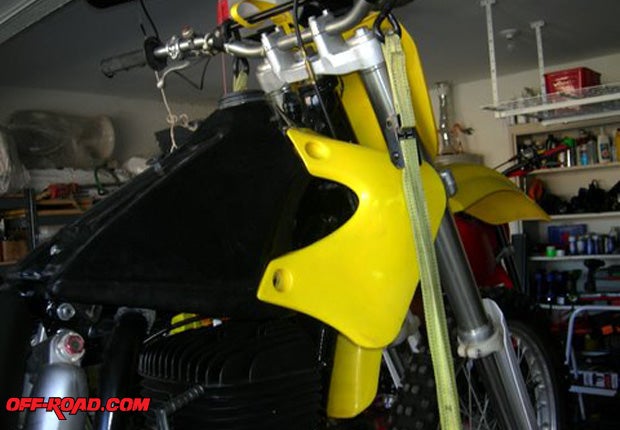
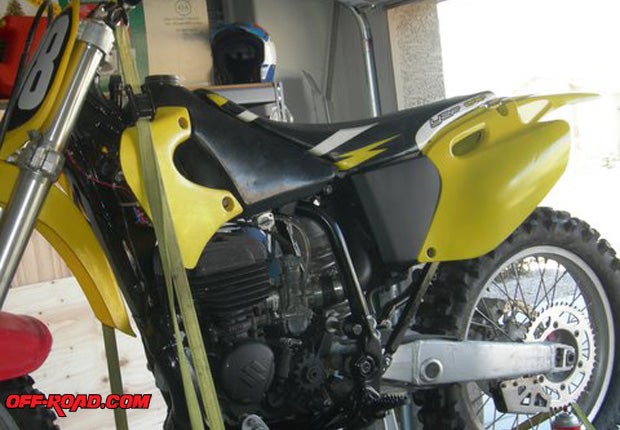
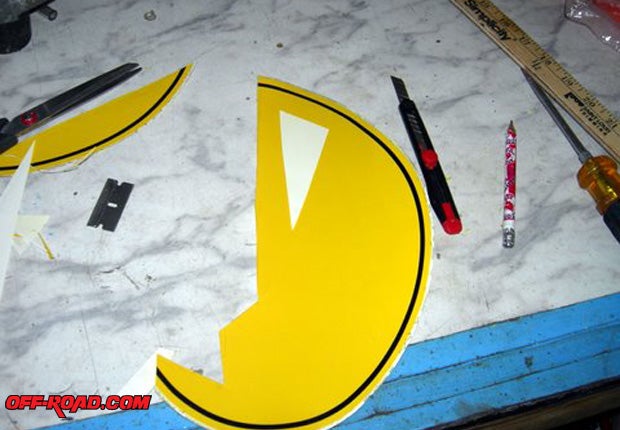
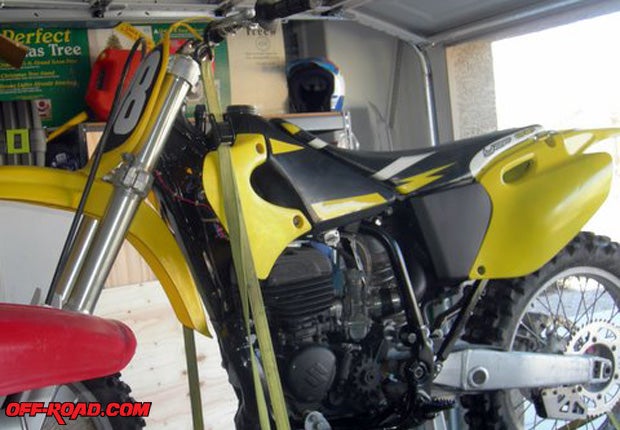
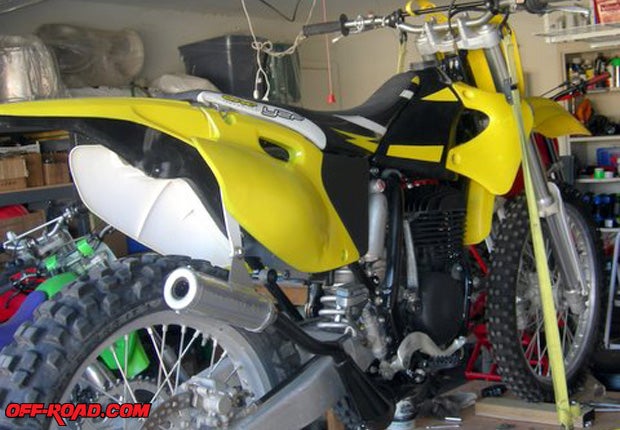
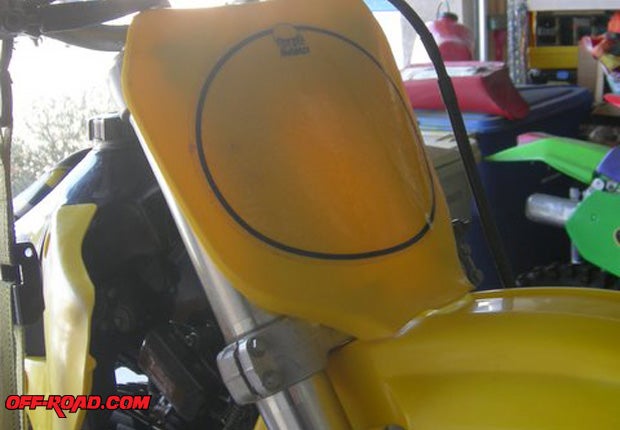
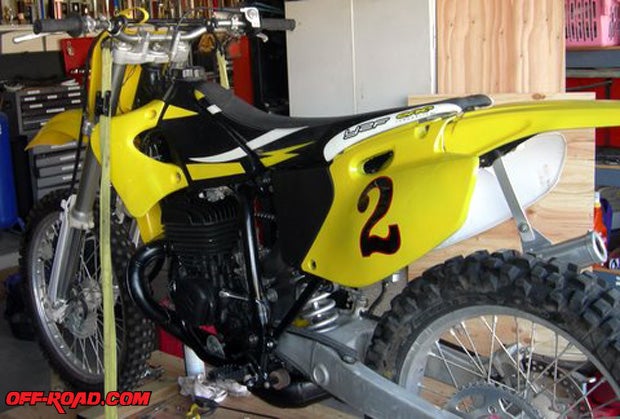
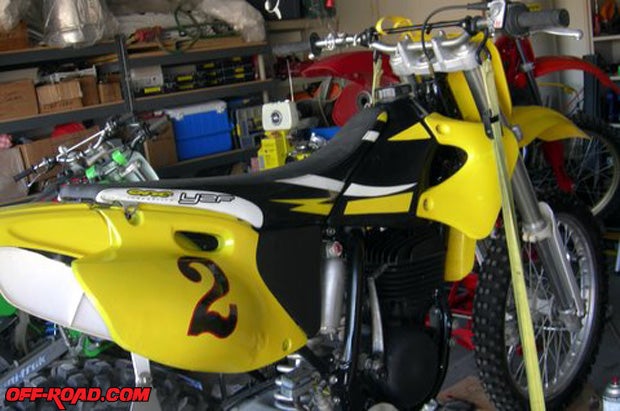


 Your Privacy Choices
Your Privacy Choices